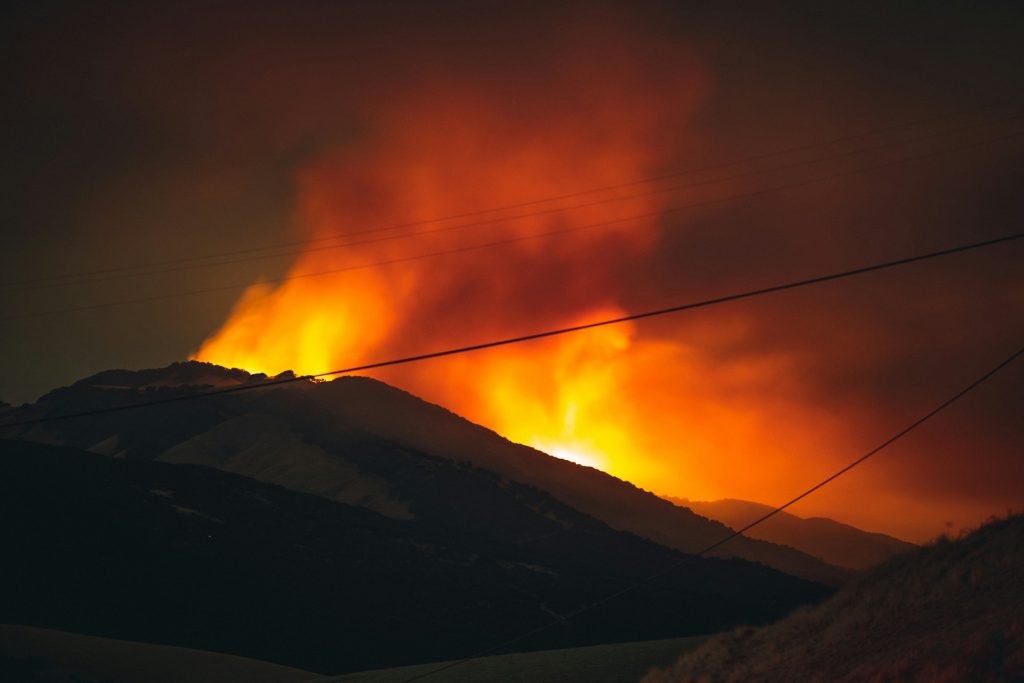The Role of Extreme Event Attribution in Understanding Heat Waves
3 min read
This article is included in these additional categories:
Extreme weather, particularly heat waves, threatens ecosystems, infrastructure, and human societies. Climate warming increases the frequency and intensity of these events, causing significant damage globally. According to the Intergovernmental Panel on Climate Change (IPCC), heat waves, defined as consecutive days of unusually hot weather, result in various detrimental effects, such as heat-related illnesses, crop failures, ecological stress, and heightened risks of droughts and wildfires. The IPCC’s 2023 report underscores that anthropogenic climate change exacerbates these threats, increasing the intensity, frequency, and duration of heat waves.
In the United States, heat waves have become the deadliest natural disaster, with 148 fatalities recorded in 2022 alone. Furthermore, the five hottest Julys on record have all occurred within the past five years, highlighting the accelerating trend of rising temperatures. This increased exposure to extreme heat is projected to have severe impacts on human health, particularly in densely populated areas or during compound events like simultaneous heat waves and power grid failures.
Communicating the Risks of Extreme Heat
Effective communication of heat wave risks is crucial for weather forecasters, journalists, and public health practitioners. Research shows that public perception of heat risk significantly influences behavioral responses. For instance, individuals who do not perceive heat as dangerous are less likely to take action to mitigate the threat when excessive heat warnings are issued. This gap in risk perception is further complicated by the less dramatic and more visually elusive nature of heat compared to other extreme weather events, leading people to underestimate their vulnerability.
Personal experience with extreme heat is critical in raising public awareness. Studies have found that people can accurately detect local temperature increases and that exposure to record-breaking heat can alter perceptions about the severity and frequency of heat waves. This experiential learning can enhance belief in climate change and prompt behavior changes. However, the evidence on the relationship between personal weather experiences and climate change opinions is mixed, indicating the need for more research in this area.
Advancements in Extreme Event Attribution
The field of Extreme Event Attribution (EEA) seeks to quantify the influence of human-induced climate change on the intensity and likelihood of extreme weather events. This scientific discipline has advanced rapidly, enabling near real-time analysis of climate change’s impact on specific weather events. For instance, the Climate Shift Index (CSI) is a tool that measures how climate change has altered the frequency of daily surface air temperatures globally, using an 11-point scale to communicate these changes effectively.
The CSI is particularly valuable for climate change communicators, as it helps translate complex scientific data into relatable information for the public. By providing localized heat wave risk alerts, the CSI shifts perceptions of climate change from a distant issue to an immediate concern. Despite its potential, the application of the CSI in climate communication has received limited attention, though it has shown promise in persuading people about the reality and importance of climate change when coupled with visual aids like animated maps.
Evaluating Communication Strategies for Heat Wave Risks
A recent study explored whether the CSI effectively communicates the links between climate change and extreme weather. The research also examined alternative messaging frames to determine the most effective ways to convey this information. Findings indicated that the way statistical probabilities are framed significantly influences public perception. For example, framing the CSI as a percentage or time period elicited greater attention and concern than other formats.
Moreover, including contextual explanations alongside the CSI can enhance its credibility and persuasiveness. Providing mechanistic or attribution explanations helps the audience understand how climate change affects specific weather events and the scientific basis for these conclusions. This approach aligns with findings from health risk communication, where contextual information has proven more effective than mere statistics in changing personal risk perceptions.
The study focused on the extreme heat wave in July 2023, which saw over 85% of Americans experiencing temperatures above 90 degrees Fahrenheit. Scientists concluded that such high temperatures would have been virtually impossible without human-induced climate change. By testing different communication strategies, the research aimed to identify the most effective methods for conveying the urgency and reality of climate change impacts.





